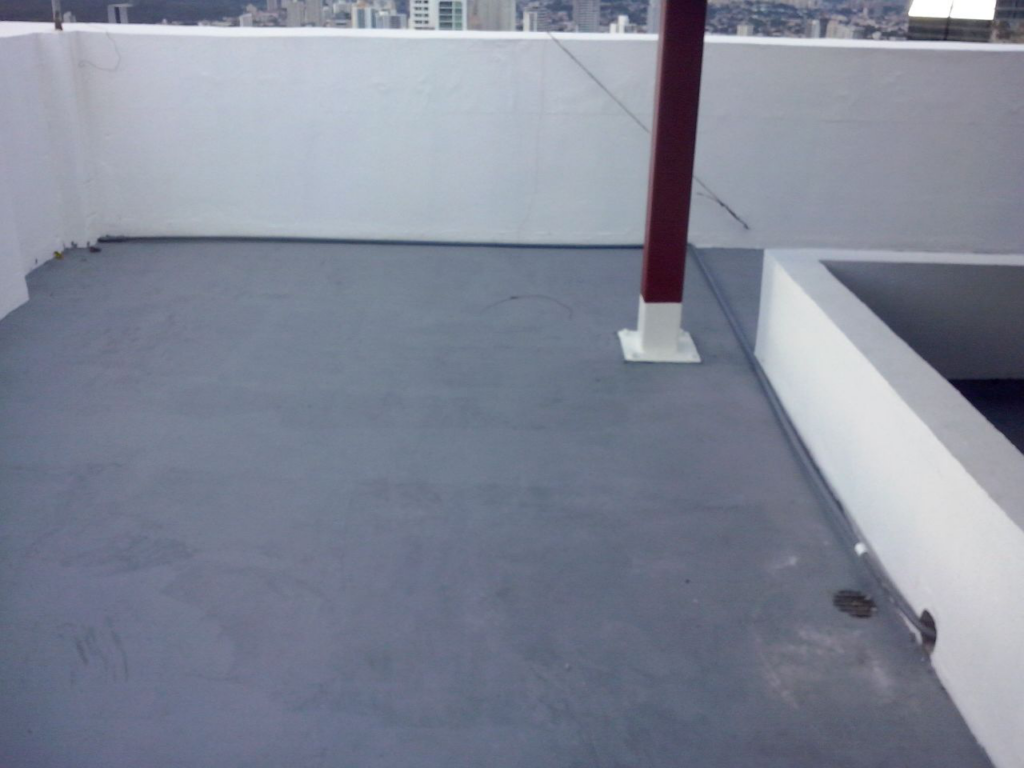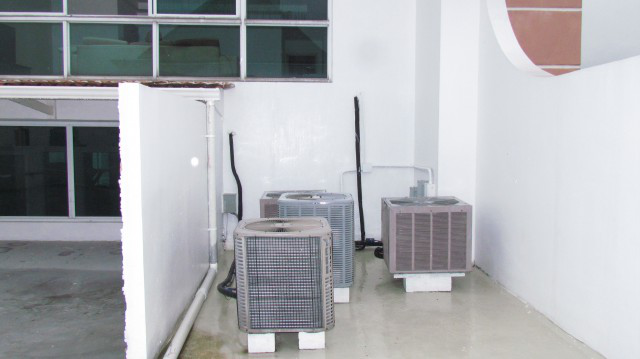A building may be a house, office or service building is an important asset involving large investment. Water is the most destructive weathering element of these structures; water continues to damage or completely destroy more buildings and structures than natural disasters. It is very costly to repair if a
building structure is damaged by water. Roof /Terrace is the most crucial segment of a building from water leakage point of view and assumes greater significance in case of large plan terraces of buildings, and it is exposed to direct climatic variations, extremes of rainfall and structural movements caused
thereby and every effort should be taken at the design stage, to ensure that a proper protection system has been incorporated. It has often been found that the economic solution is not always the best solution. So, the system, which assures maximum protection, should be selected even though it may cost little
more.


Waterproofing is the formation of an internal or external membrane which is designed to prevent water from entering or escaping the concrete. Internal membranes are created with waterproofing admixtures. External membranes are applied to the surface of the concrete
Basic concept behind various methods used for water proofing, is use of material such as admixtures, impregnation, film forming membranes, surfacing, joint seal and grouting.
Sealants : Joints are the necessary important parts of the structures as it acts as a link between parts of structures as column-beam joint , column-slab joint, slab-slab joint , beam-beam joint, floor-floor joint etc. all these shall be sealed with proper sealants.
Water Proofing during Construction stage:
Waterproofing of building at construction stage will not only prevent damage caused by the water but also add value to it over the period of time through reduced maintenance cost. In new construction, water proofing treatment is required from the foundation stage in case of basement/ underground tanks
etc. to the roofing stage.
Due to inadequate workmanship/ poor material quality, dampness may be seen at the later stage. Stagnation of water due to undulation in roof surface, provision of less number of drainage pipes or choking of same and improper detailing at junction of parapet and roof etc., are some major contributors in making the roof leaky.
#nomoreleaks #nomorewaterleaks
#nomasfiltraciones #panama #paredesufrir #pty #filtraciones
Modern Waterproofing Systems
In order to overcome the problems arising from the progressive deterioration of traditional weathering
courses, the advanced practices involve the provision of impermeable membranes. One of the simplest ways of providing impermeable membranes is to use multiple coats of a waterproofing co-polymer and cementitious materials. Traditionally, waterproofing barriers consists of multiple layers of bituminous-saturated felt or fabric bonded together with hot-applied coal tar pitch or asphalt for positive side applications, i.e. the same side as the hydrostatic pressure. Today a number of other positive side waterproofing barriers can be selected, which include cold-applied systems. The positive as well as negative side waterproofing materials with their broad chemical compositions are given below:
- Hot applied bituminous materials: Bituminous substances with fabrics or felts
- Cold applied bituminous materials: Asphalt emulsions or
- asphaltic mastics, reinforced with fabric
- Liquid applied membranes : Single or multi-component products such as neoprene, neoprene- ituminous blends, polyurethane, polyurethane bituminous blends, and epoxy-bituminous blends. Epoxy emulsions allow the concrete to breathe but not allow rainwater ingress.
- Sheet-applied materials : Neoprene, Butyl, EPDM, PVC, etc. which are joined by adhesive sealing or chemical welding (solvent bonding)
- Cementitious membranes
The thickness of membrane can vary depending on the type of material, its physical and environmental
exposure, and loading conditions. The roof is normally waterproofed with the application of aterproofing
membrane and membrane should be protected from traffic and weathering.
Based on the type of material the roof waterproofing systems can be broadly classified under two categories:
- Liquid applied membrane system (LAM)
- Prefabricated or preformed membrane system (PFM)
